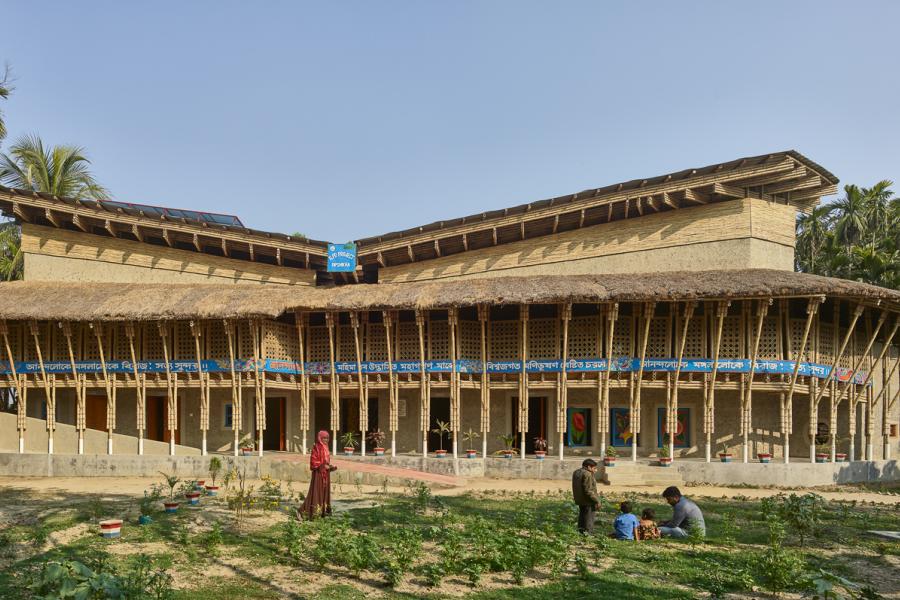Anna Heringer

Architecture is a tool to improve lives
As an architect, Anna Heringer reacts to the crucial questions of our time: How can we build and live in a resource-saving, socially sustainable and future-oriented way? Early on, she gained experience with development work in the NGO Dipshikha in Bangladesh and developed an approach that is also reflected in her architectural work: use what is available instead of producing external dependencies. With her work she shows how human design culture and traditional materials can act as emancipatory potential.
About Anna Heringer
For Anna Heringer architecture is a tool to improve lives. As an architect and honorary professor of the UNESCO Chair of Earthen Architecture, Building Cultures, and Sustainable Development she is focusing on the use of natural building materials. She has been actively involved in development cooperation in Bangladesh since 1997. Her diploma work, the METI School in Rudrapur got realized in 2005 and won the Aga Khan Award for Architecture in 2007. Over the years, Studio Anna Heringer has realized further projects in Asia, Africa, and Europe. Anna is lecturing worldwide at conferences, including TED and has been visiting professor at various universities such as Harvard, ETH Zurich and TU Munich.
She received numerous honors: the OBEL Award 2020, the Global Award for Sustainable Architecture, the Femmes Architects Award 2020, the AR Emerging Architecture Award, the Loeb Fellowship at Harvard’s GSD and a RIBA International Fellowship. Her work was widely published and exhibited in the MoMA New York, the V&A Museum in London and at the Venice Biennale among other places.
